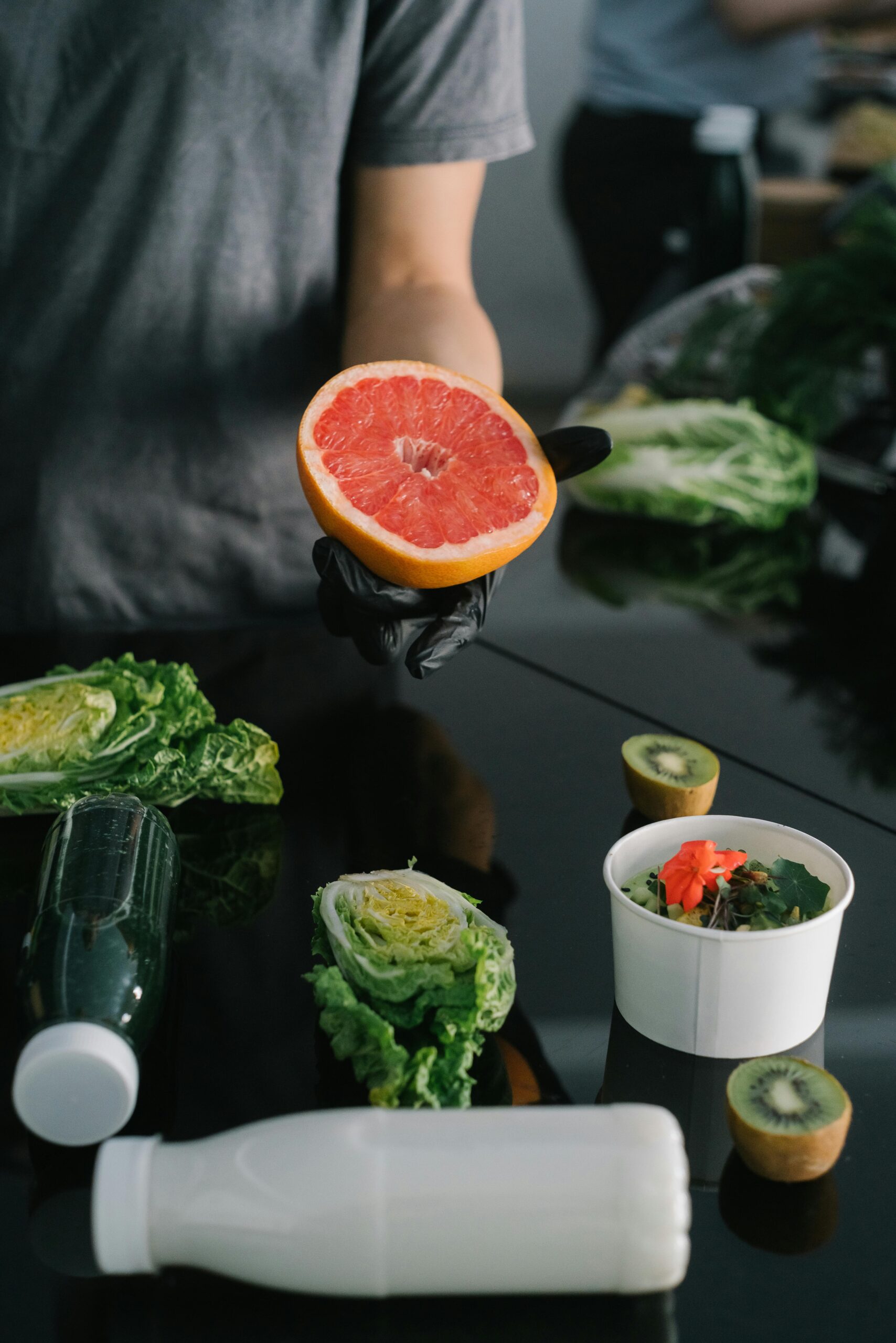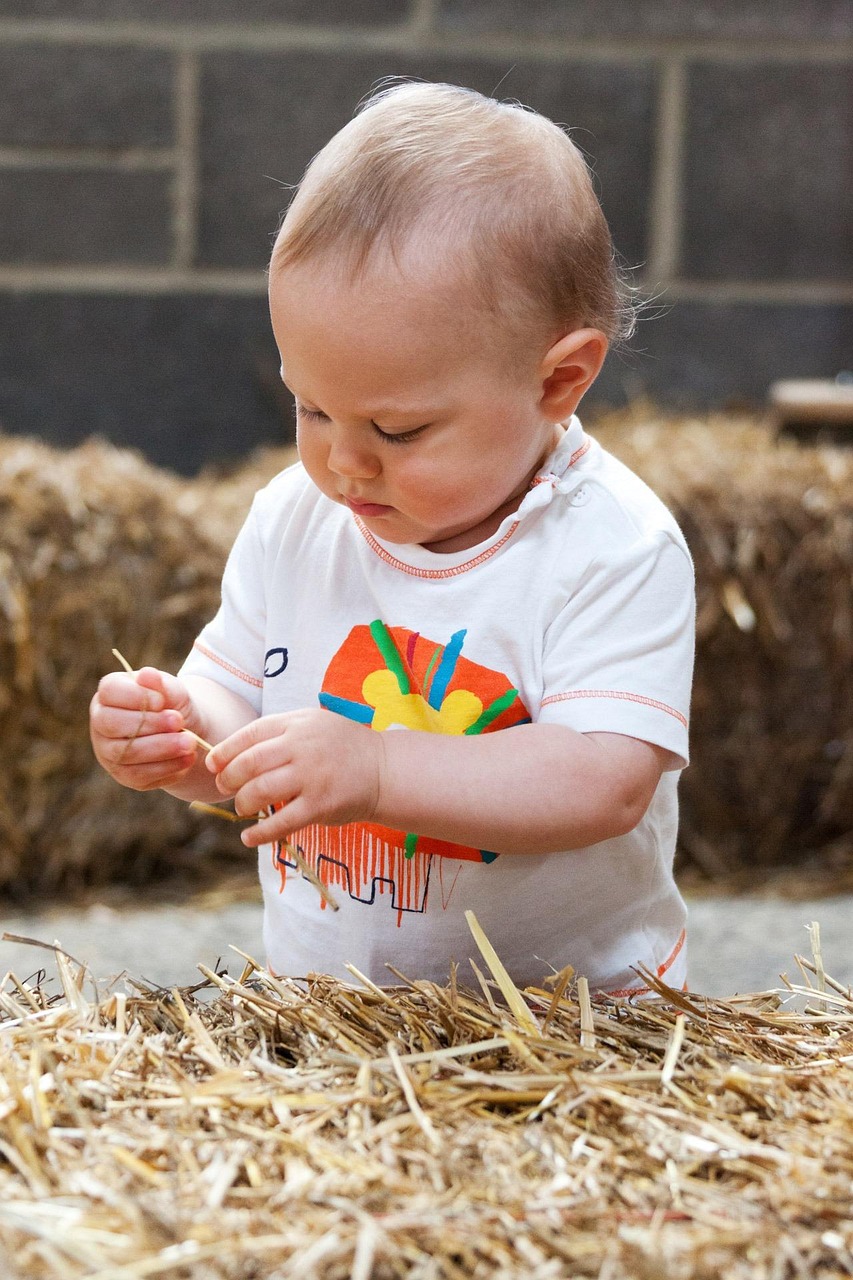Juice fasting is a powerful way to cleanse your body, boost energy, and reset your health. Whether you’re looking to detox, improve digestion, or simply give your body a break from processed foods, a juice fast can be an excellent way to kickstart a healthier lifestyle. If you’re new to juice fasting, knowing where to start can feel overwhelming. This guide will walk you through the basics so you can confidently begin your first juice fast and reap the benefits of this natural cleansing practice.
What is a Juice Fast?
A juice fast involves consuming only fresh, nutrient-rich juices from fruits and vegetables for a set period—typically 1 to 7 days. Unlike water fasting, a juice fast provides essential vitamins and minerals while giving your digestive system a rest, allowing your body to focus on detoxification and rejuvenation.
Benefits of Juice Fasting
- Flushes Toxins – Helps eliminate stored toxins and waste.
- Boosts Energy – Provides a natural energy boost without caffeine.
- Improves Digestion – Gives the gut a break, allowing it to heal and reset.
- Supports Weight Loss – Encourages healthy weight management.
- Enhances Mental Clarity – Reduces brain fog and increases focus.
Step 1: Choose Your Juice Fast Duration
Before starting, decide how long you want to fast. If you’re a beginner, it’s best to start with a short duration and gradually build up over time.
- 1-Day Juice Fast – A great way to test how your body responds.
- 3-Day Juice Fast – The most popular beginner-friendly cleanse.
- 5-Day Juice Fast – Helps deeper detoxification and increased benefits.
- 7-Day Juice Fast – Ideal for more experienced fasters seeking long-term reset.
Step 2: Prepare Your Body for the Fast
Jumping straight into a juice fast can be a shock to your system. Prepping your body a few days before will ease the transition and prevent unwanted detox symptoms like headaches and fatigue.
3-5 Days Before Your Juice Fast:
- Reduce Processed Foods – Cut out refined sugars, alcohol, and junk food.
- Increase Fresh Produce – Eat more fruits, vegetables, and whole foods.
- Eliminate Caffeine & Alcohol – Reduce dependence to avoid withdrawal symptoms.
- Drink More Water – Proper hydration helps flush toxins more efficiently.
Step 3: Gather Your Juicing Essentials
To ensure a smooth juice fast, you’ll need the right tools and ingredients.
Must-Have Equipment:
✔ A Good Juicer – A cold-press juicer is best for preserving nutrients, but a centrifugal juicer works too.
✔ Glass Bottles or Jars – Store your juices in airtight containers.
✔ A Cutting Board & Knife – Prepping ingredients is easier with the right tools.
Best Ingredients for Juice Fasting:
- Leafy Greens – Spinach, kale, and romaine lettuce.
- Hydrating Vegetables – Cucumber and celery.
- Root Vegetables – Carrots, beets, and sweet potatoes.
- Fruits for Sweetness – Apples, pears, and pineapples.
- Citrus for Freshness – Lemons, limes, and oranges (if tolerated).
- Detox Boosters – Ginger, turmeric, and parsley.
Step 4: Plan Your Daily Juice Schedule
Drinking fresh juice consistently throughout the day will keep your energy stable and prevent hunger.
Suggested Daily Juice Schedule:
- Morning Juice: Citrus-based juice with ginger for a refreshing start.
- Mid-Morning Juice: Green juice with leafy greens and cucumber for hydration.
- Afternoon Juice: Carrot and apple juice for natural energy.
- Evening Juice: Beet and lemon juice to support detoxification.
Drink at least four to six 16-ounce juices per day, along with plenty of water and herbal tea.
Step 5: Support Your Body During the Fast
Juice fasting is a cleansing experience, and your body may go through an adjustment period. Here’s how to stay comfortable and get the most out of your fast:
✔ Stay Hydrated – Drink at least 8-10 glasses of water daily.
✔ Get Plenty of Rest – Your body is healing, so allow time to relax.
✔ Engage in Light Movement – Yoga, walking, or stretching can keep you energized.
✔ Listen to Your Body – If you feel lightheaded or overly fatigued, drink more juice or ease off the fast.
Step 6: Breaking the Fast Properly
How you transition out of your juice fast is just as important as the fast itself. Avoid jumping straight back into heavy foods, which can shock your digestive system.
How to Reintroduce Foods Post-Fast:
Day 1: Fresh fruits, smoothies, and light soups.
Day 2: Cooked vegetables, salads, and whole grains.
Day 3: Healthy proteins like beans, nuts, and lean meats (if included in your diet).
Common Questions About Juice Fasting
Will I Feel Hungry During a Juice Fast?
Mild hunger is normal, but drinking juice every few hours and staying hydrated helps curb cravings.
Can I Exercise While Juice Fasting?
Yes, but keep workouts light—walking, stretching, and yoga are ideal.
What If I Get Headaches?
Headaches are common detox symptoms, especially if you’re cutting caffeine. Drink more water and try herbal teas to ease discomfort.
Can I Make My Juices Ahead of Time?
Yes! Store juices in airtight glass bottles in the fridge for up to 48 hours to maintain freshness.
Final Thoughts: Your Juice Fasting Journey Starts Now
Juice fasting is a transformative way to cleanse, rejuvenate, and reset your body. Whether you’re starting with a 1-day fast or building up to a longer cleanse, preparation and mindful choices will help you succeed. With the right plan, ingredients, and mindset, you can experience the incredible health benefits of juice fasting.
Call to Action:
Are you ready to start your first juice fast? Share your thoughts or questions in the comments below! Subscribe for more juicing tips, recipes, and wellness insights.




Leave a Reply